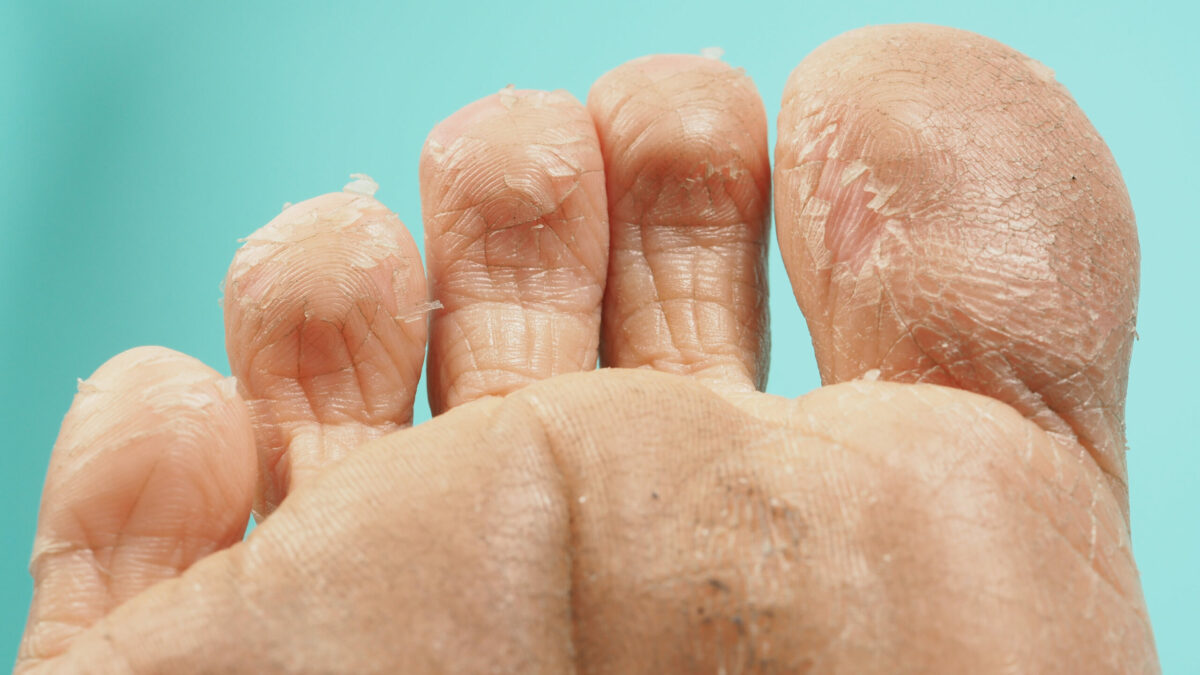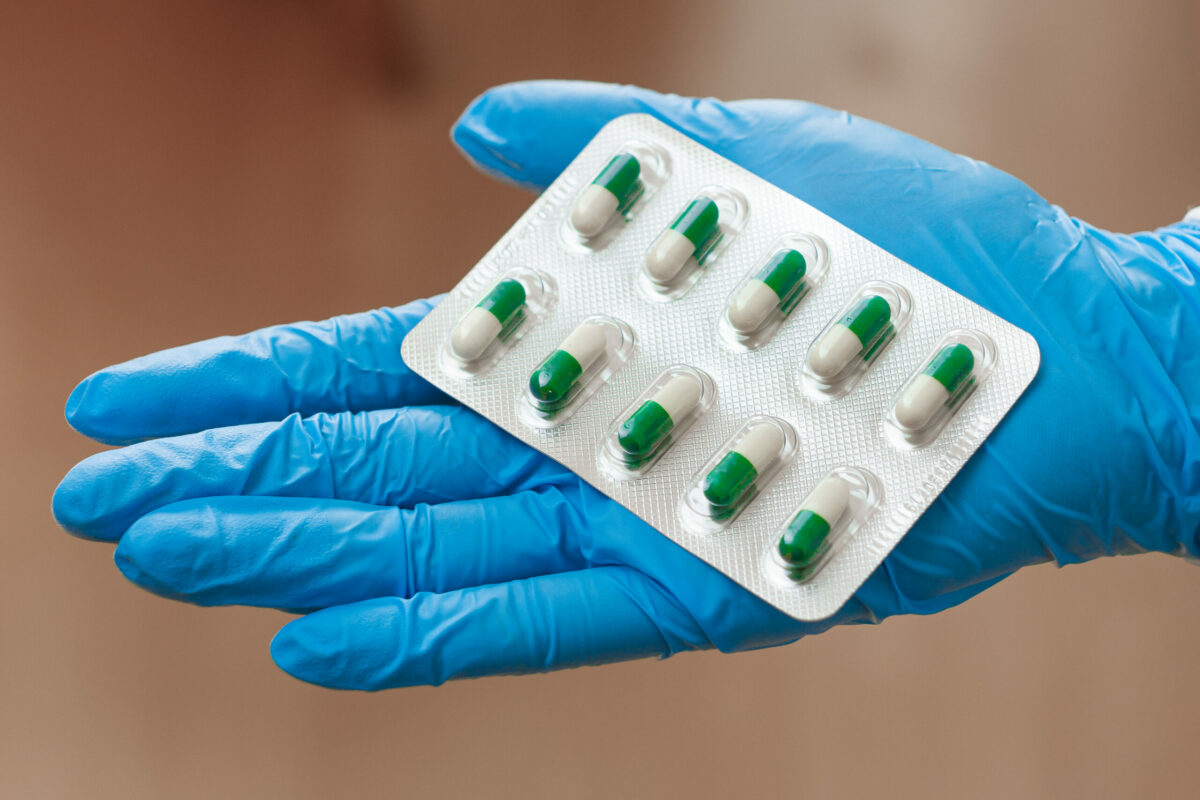Certain microorganisms that contain a substance called chitin are known as Fungi. While some mushrooms are edible, others can be dangerous (such as Aspergillus). Some fungal infections include athlete’s foot and thrush.
There are different fungi that provoke fungal infections. While in some cases fungi cannot be found on or inside you but can colonize and provoke an infection, in other cases, it is present inside or on the body. Therefore, it starts to multiply out of control causing an infection.
These infections are not contagious, which means they cannot spread from one person to another. Some people can get fungi from contaminated surfaces or soil. In any case, if you experience any symptoms, you should visit a doctor right away.
Common Fungi Types
While most fungi are harmless to humans, others can provoke some diseases. Fungal infections are also known as mycosis. They reproduce by spores that a person can get by direct contact and in some cases even inhaled. As a result, fungal infections usually affect the skin, nails, or lungs. These microorganisms can also impact your organs and cause a body systemic infection. Check below the most common fungal infections:
- Jock itch
- Athlete’s foot
- Ringworm
- Yeast infection
- Onychomycosis (fungal infection of the nail)
There are some fungi that commonly do not provoke any infections in humans but can negatively affect those with a weakened body’s defense (immune system).
Athlete’s Foot
Tinea pedis is another name for this fungal infection and it usually impacts the skin on the feet. However, it also can affect your hands and nails. It is usually provoked by dermatophytes (a group of fungi that commonly develop in humid and warm areas).
It appears more often among athletes and can spread from one person to another. Moreover, you can also get this infection from certain contaminated surfaces (including locker room floors, public showers, and others).
The most common athlete’s foot symptoms are itching, stinging, or burning between toes. Some people may also experience cracking, peeling, or blistering the skin.
Diagnosis and Treatment
Mostly, a physical examination is enough to diagnose this fungal infection. But if doctors are not sure they can cut a small area of the skin and test it for fungus. The treatment usually involves over-the-counter medicines. Consult with your doctor if these antifungal medications do not work for you.
Jock Itch
Tinea Cruris (Jock Itch) usually impacts the skin on the groin area, inner thighs, and buttocks. This fungal infection is also caused by dermatophytes. Additionally, males and people assigned to male at birth (AMAB) are more likely to develop this condition compared to females or people assigned to female at birth (AFAB). Symptoms include redness, itchiness, burning feelings, skin color changes, cracking or flaking of the skin, and rash (which can get worse with exercise).
Diagnosis and Treatment
Jock Itch is usually diagnosed when physicians perform a physical examination. They can also send a small area of the skin to test it for fungus. This lab test is needed to exclude other skin conditions such as psoriasis.
The treatment involves keeping the affected area of the skin dry and applying over-the-counter (OTC) antifungal medicines (including spray, powder, or cream). In case you see no improvements in your condition within 7 days, contact your doctor immediately.
Ringworm
This fungal infection is also caused by dermatophytes and it usually negatively affects the skin and scalp. The most common symptoms include blisters that ooze, bald patches on the scalp, red ring patches on the skin, and cracked, discolored, and thick nails.
Diagnosis and Treatment
This condition is mostly diagnosed by healthcare providers by a skin examination only. However, if doctors are not sure they can get a small skin from the affected area and send it to laboratory test. Ringworm is effectively treated in most cases with OTC antifungal ointments, creams, gels, or sprays.
Yeast Infection
The fungus that infects your mouth, gastrointestinal tract, urinary tract, genitals, or skin is called candida albicans. It is considered normal to have some candida albicans on the skin but if it begins to multiply can provoke an infection (yeast infection).
This infection is called oral thrush if you get it in the throat or mouth. Therefore, people will experience white patches in the throat and mouth. In females, vaginal yeast infection is quite common and the symptoms include pain, discharge, itchiness, redness, swelling, and others.
Diagnosis and Treatment
Physicians usually use a throat swab and send it for a laboratory test. They will culture it to understand the fungi type and other microbes that may be present. However, for vaginal yeast infections, doctors perform a pelvic examination. In such cases, physicians also can swab the area and order a laboratory test.
The treatment usually is different among people because it depends on the yeast infection type you experience. For example, if you have oral thrush, your doctor may recommend medicines such as tablets and mouthwash.
Early diagnosis of the vaginal yeast infection can help to treat it with OTC medicines. Otherwise, your physician may prescribe you antifungal drugs which include creams, lozenges, or vaginal suppositories.
Furthermore, doctors may suggest administering probiotics (including Lactobacillus acidophilus) to help restore the body’s microbial balance.
Onychomycosis
This is the most common fungal infection that impacts fingernails, toenails, and nail beds. This fungal infection is also known as Tinea Unguium. Check below the most common symptoms:
- Scaling under nail
- Yellow or white streaks under the nail
- Brittle or thick nail
- Lifting off the nail bed
- Crumbling or flakiness of the nail
Diagnosis and Treatment
Physicians usually diagnose this fungal infection type by scratching some pieces of the affected nail and examining them under a microscope. This test helps doctors to understand if it is a fungal infection or other health condition with similar symptoms. Onychomycosis treatment usually involves oral antibiotics. However, OTC medicines are not effective for this type of fungal infection.
Frequently Asked Questions
Who’s at risk of developing fungal infections?
- People who work in warm and humid environments are at increased risk of developing a fungal infection because fungi develop in moist and warm places.
- If you have a health condition that causes poor blood circulation your risk of getting fungi increases. It happens because poor blood circulation decreases the ability of the body’s defense (immune system) to fight against infections.
- Weakened immune system
- Avoid nail and skin injuries because even a small injury can allow the fungi to get under the skin.
- There are some medicines that are used for long periods can increase the risk of fungal infections. For example corticosteroids, cancer treatments (including radiation and chemotherapy), and others.
Is it possible to prevent fungal infections?
Yes, the only way to prevent or avoid fungal infections is good hygiene. Examples include:
- Clean your skin regularly and dry skin folds
- Regularly wash your hands, especially after getting in contact with animals or other people
- Do not use other people’s personal items (such as towels)
- It is advised to wear shoes in locker rooms, swimming pools, and community showers
- You should also clean gym equipment before using it
Is it possible to cure a fungal infection?
Yes, early diagnosis and treatment can cure the infection. Ask your healthcare professional if you have any other questions.




